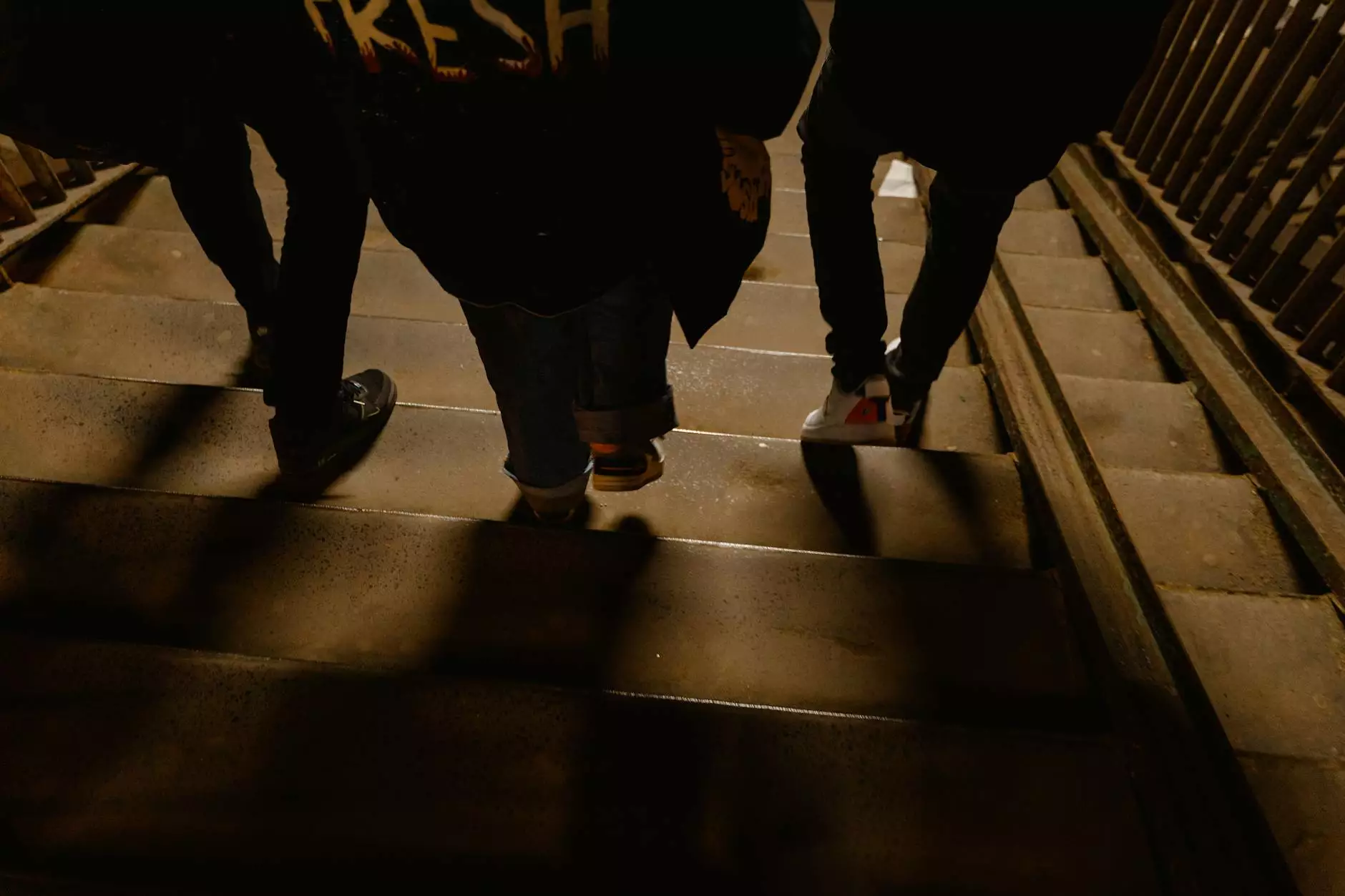Comprehensive Guide to Physical Therapist Education and Training

Introduction to Physical Therapy
In today's health-conscious world, physical therapy plays a pivotal role in promoting recovery and rehabilitation for individuals suffering from physical impairments or disabilities. The journey to becoming a proficient physical therapist begins with an understanding of the necessary education and training. This article explores the intricate components of physical therapist education and training, providing aspiring professionals with a roadmap to success.
Pathways to Becoming a Physical Therapist
The pathway to a successful career in physical therapy typically involves several stages:
- Undergraduate Education: A bachelor's degree in a related field is usually required.
- Doctor of Physical Therapy (DPT) Program: This graduate program is essential for licensure.
- Clinical Experience: Hands-on training through internships or clinical placements is crucial.
- Licensure: Passing the National Physical Therapy Exam (NPTE) is mandatory.
- Specialization: Continued education and certification in a specialty area enhance career prospects.
Understanding the Educational Requirements
1. Undergraduate Degree
Before applying to a DPT program, students must earn a bachelor’s degree. While many students choose degrees in health sciences, exercise science, or kinesiology, it is not mandatory to have a specific major. What is vital, however, is completing prerequisite courses such as:
- Anatomy and Physiology
- Biology
- Chemistry
- Psychology
- Biomechanics
2. Doctor of Physical Therapy (DPT) Program
After obtaining a bachelor's degree, prospective physical therapists must enroll in an accredited DPT program. This program usually spans three years and includes both classroom instruction and clinical practice. The curriculum covers various subjects:
- Clinical Anatomy
- Neuroscience
- Pathophysiology
- Pharmacology
- Therapeutic Techniques
- Research Methods in Physical Therapy
3. Clinical Experience
Hands-on experience is a defining feature of DPT programs. Students participate in various clinical placements that allow them to apply theoretical knowledge in real-world settings. These experiences can take place in:
- Hospitals
- Rehabilitation centers
- Outpatient clinics
- Sports facilities
Such diverse environments enable students to gain insights into treating different patient demographics and conditions.
Certification and Licensure: Taking the Final Steps
1. National Physical Therapy Exam (NPTE)
To practice as a physical therapist, candidates must pass the rigorous NPTE, administered by the Federation of State Boards of Physical Therapy (FSBPT). This exam assesses clinical knowledge and the ability to apply it to patient care scenarios. Adequate preparation is essential for success, and many resources are available, including preparatory courses and study groups.
2. State Licensure
Once candidates pass the NPTE, they must apply for licensure from their respective state boards. Each state has different requirements, which may include:
- Background checks
- Continuing education credits
- Application fees
Continuing Education and Specialization
The field of physical therapy is constantly evolving. To remain competent and relevant, physical therapists must engage in continuing education. This can be done through various means:
- Workshops and seminars
- Online courses
- Conferences and symposia
Furthermore, physical therapists can choose to specialize in areas such as:
- Pediatric physical therapy
- Orthopedic physical therapy
- Sports physical therapy
- Geriatric physical therapy
- Neurological rehabilitation
Essential Skills for Physical Therapists
Beyond education and training, the effectiveness of a physical therapist lies in a set of key skills and attributes:
- Interpersonal Skills: Building rapport with patients is crucial for successful outcomes.
- Observation Skills: Assessing patients’ movements and progress requires keen observational skills.
- Problem-Solving Skills: Physical therapy often involves troubleshooting treatment approaches based on patient responses.
- Physical Stamina: The role demands physical endurance to assist patients with mobility exercises.
- Communication Skills: Clear communication is necessary not only with patients but also with healthcare teams.
Career Opportunities and Work Settings
The demand for physical therapists continues to grow, driven by an aging population and increased awareness of the benefits of rehabilitation. Career opportunities span multiple settings, including:
- Hospitals
- Private practice clinics
- Home health care
- Schools
- Fitness and wellness facilities
Many physical therapists also choose to open their own practices, providing services tailored to specific populations or conditions.
The Future of Physical Therapy Education
As the healthcare landscape evolves, physical therapist education and training are also undergoing transformations. Innovations include:
- Teletherapy: Virtual care methods are becoming increasingly popular, requiring therapists to adapt their skills.
- Interprofessional Education: Collaborative training with other healthcare disciplines prepares students for team-based care.
- Integrative Therapies: Growing interest in holistic approaches prompts curricula updates to include alternative treatments.
Conclusion
Embarking on a career in physical therapy requires commitment, dedication, and a strong educational foundation. By understanding the intricate processes involved in physical therapist education and training, aspiring professionals can effectively navigate their path toward becoming skilled and compassionate caregivers. As the demand for qualified physical therapists continues to rise, this profession promises a fulfilling and impactful career dedicated to improving the quality of life for countless individuals.
Additional Resources
For further information on physical therapy programs and advancements in the field, consider visiting reputable organizations such as:
- American Physical Therapy Association
- Federation of State Boards of Physical Therapy
- Council of Academic Programs in Physical Therapy









